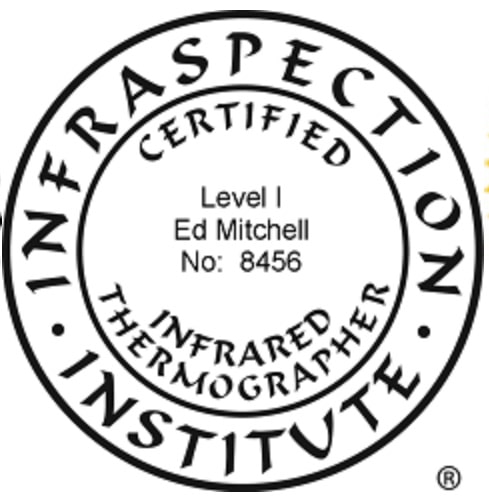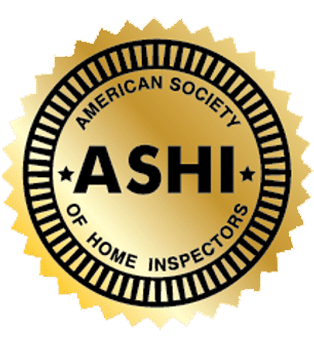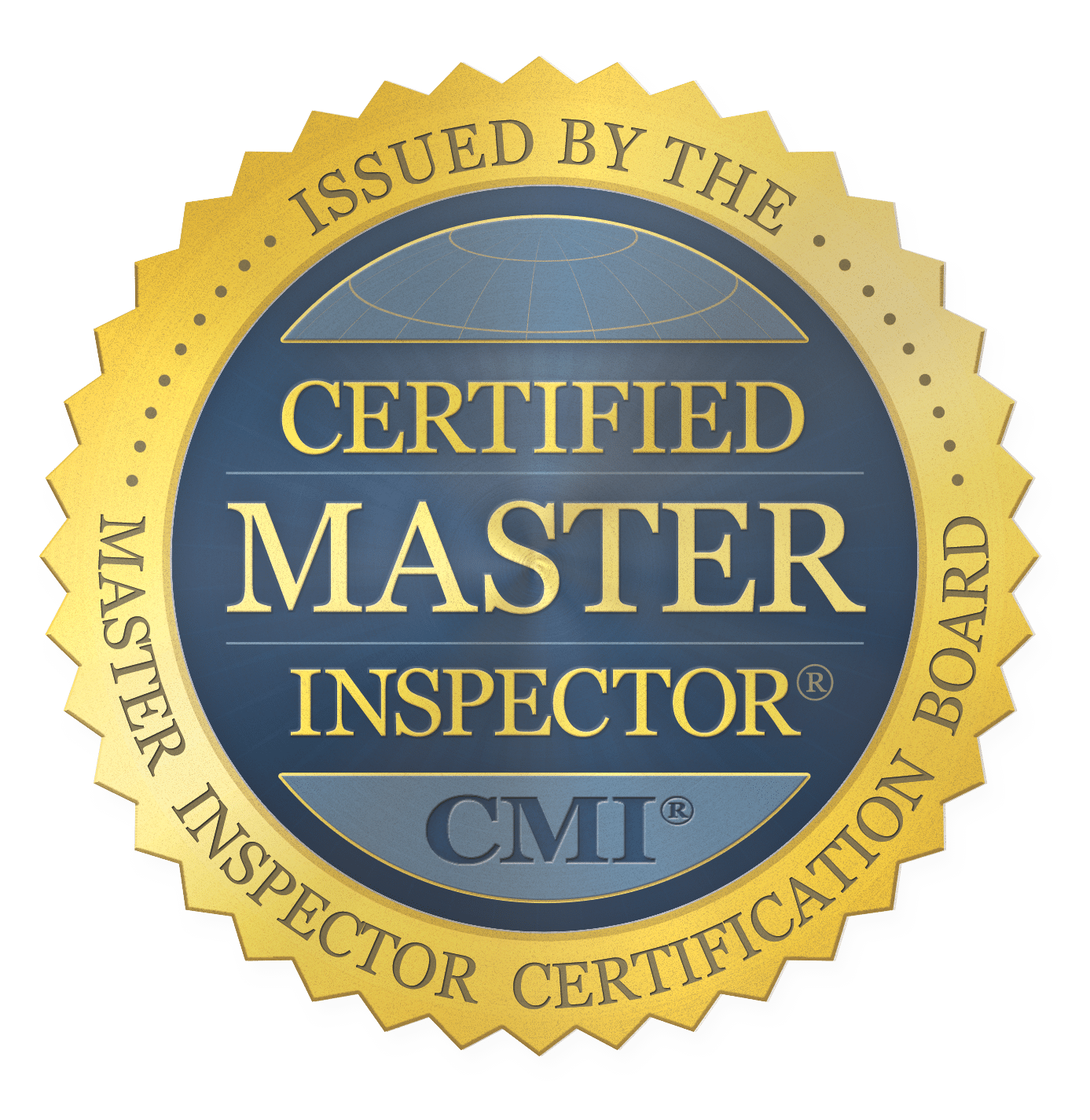You found The One. But first… The inspection
It’s got everything: the porch swing, the clawfoot tub, even that mysterious door in the attic that adds just the right amount of spooky charm. But before you start packing boxes and Pinteresting paint colors, there’s one small-but-mighty milestone to hit: the home inspection (cue scary organ music).
Okay, it’s not that scary. At least, it shouldn’t be. In this guide, we’ll walk you through what a typical home inspection involves, how long it takes, what it includes (and doesn’t), and what you’re supposed to do with all that info once it lands in your inbox.
Let’s clear up a common misconception. A home inspection isn’t a pass/fail test. There’s no letter grade, no certificate, no inspector saying “Congrats, your house is now licensed for occupation.”
Instead, it’s a non-invasive, visual review of the home’s major systems and structure. Think plumbing, electrical, HVAC, and more. The inspector won’t be busting through walls or pulling up floors, but they will be poking around carefully to spot anything that could become a future issue.
Why it matters:
A home inspection isn’t just some guy with a flashlight and a clipboard wandering around your house. (Okay, technically it is, but he knows what he’s doing.)
Here’s what’s on the AmeriSpec checklist:
We know what you’re thinking: “Wait, so you’re not looking at everything?”
Correct — and here’s why.
A standard home inspection focuses on major systems and safety. Some stuff just doesn’t make the cut, either because it’s cosmetic or outside our scope.
Here’s what we typically skip:
Cosmetic flaws: Think paint chips, wallpaper battles, or that questionable tile choice.
Specialty inspections: Radon, mold, termites — these require dedicated pros (though AmeriSpec can help connect the dots).
Pools, septic tanks, wells: These usually also need their own inspection and licensing.
Why it matters: A qualified inspector knows their limits. They won’t pretend to be an expert on septic systems unless they are one—and that’s exactly who you want on the job.
Now for the good stuff: the actual report. This is the document that turns a two-hour walkaround into a clear, organized action plan.
Here’s what to expect:
Timeline: Usually delivered within 24–48 hours.
Format: Visual, detailed, and broken into sections like safety concerns, minor issues, and routine maintenance.
How to read it: Don’t freak out. Some recommendations are small potatoes (like “replace weather stripping”), not four-alarm emergencies.
A home inspection doesn’t tell you what to do—but it helps you make smarter decisions.
If you’re buying:
If you’re selling:
If you’re staying put:
No home is perfect. Not even the brand-new ones with all the shiny things and straight edges. A home inspection isn’t there to scare you—it’s there to prepare you.
Whether you’re buying, selling, or just staying informed, AmeriSpec gives you a clear, trusted evaluation of what’s happening inside your walls (and roof, and pipes, and HVAC).
After all, your home is your biggest investment, so get to know it before you commit!
Q: How long does a home inspection take?
A: Most take 2–3 hours, depending on the size and age of the home. Bigger = longer.
Q: Should I be there during the inspection?
A: You don’t have to, but it’s a great chance to ask questions in real time.
Q: What happens if the inspection finds problems?
A: That’s totally normal! The report helps you decide how to move forward—repair, negotiate, or walk away.
Q: Can AmeriSpec inspect for termites/radon/mold?
A: Not in a standard inspection, but we can often coordinate those add-ons.
Q: Does the inspector look behind walls or under floors?
A: Nope, it’s a visual inspection only. But we’re good at spotting clues that something’s not quite right.







